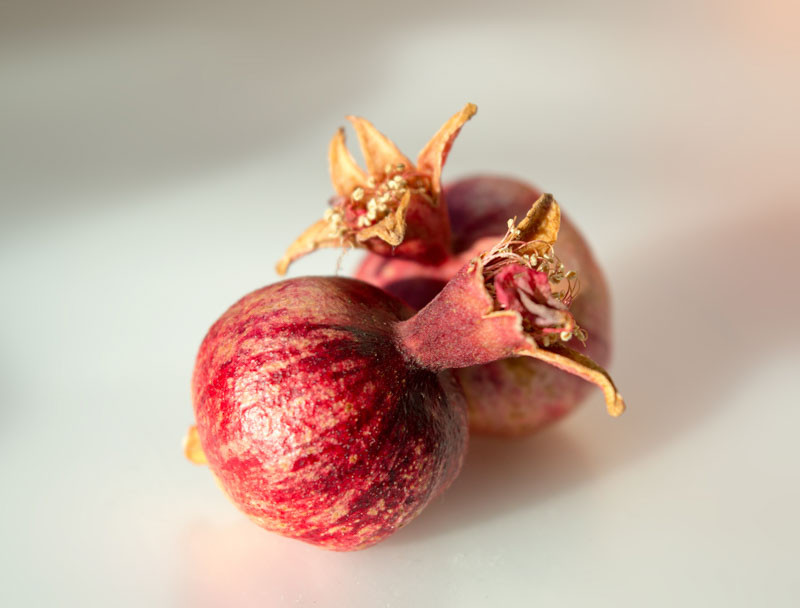Punica (Pomegranate) - Expert Tips for Gardening Success
For garden enthusiasts looking to grow pomegranate (Punica granatum), a few expert tips can make a significant difference in the health and productivity of your plant. Here’s what you need to know for gardening success with pomegranates:
- Site Selection: Pomegranates prefer full sun and well-drained soil. Make sure to choose a spot in your garden that receives at least 6-8 hours of direct sunlight.
- Soil Preparation: While relatively adaptable pomegranates thrive in well-drained, moderately fertile soil. Incorporate organic matter to improve drainage.
- Planting: The best time to plant is in late winter or early spring. Dig a hole twice as wide as the root ball but just as deep. Water thoroughly after planting.
- Watering: While drought-tolerant once established, young pomegranate trees need consistent moisture during the growing season. Water deeply but less frequently to encourage root growth.
- Fertilization: Use a balanced fertilizer in the growing season. Too much nitrogen can lead to lush foliage at the expense of fruit.
- Pruning: Remove dead or weak limbs to improve air circulation and sunlight penetration. For fruit-bearing trees, pruning can also help distribute nutrients effectively.
- Pest and Disease Management: Pomegranates are relatively free from pests and diseases, but keep an eye out for issues like whiteflies, thrips, mealybugs, scale or root rot.
- Harvest: Pomegranates typically ripen about 6-7 months after flowering. The fruit is ready when it has a rich color and makes a metallic sound when tapped.
- Overwintering: In colder climates, consider bringing container-grown pomegranates indoors or provide adequate mulch for ground-planted trees.

